“Stay Commercial”: BETSY JOHNSON’s PRODUCTS
|Claire Koron Elat
“Your rich DJ friend who’s ‘broke’ dresses the same as if you hustled your way from a council estate to manage to even get into the same room. Fashion for the last 8 years: the rich wanting to look poor.” In her recently launched project PRODUCTS, stylist and creative director Betsy Johnson asks what would happen if fashion became a place where the rich actually looked rich? Situated in a discourse of commodity culture, commercialism, and class, PRODUCTS evades the traditional fashion calendar by only launching a product once a year and thereby proposes a new understanding of “being commercial.”
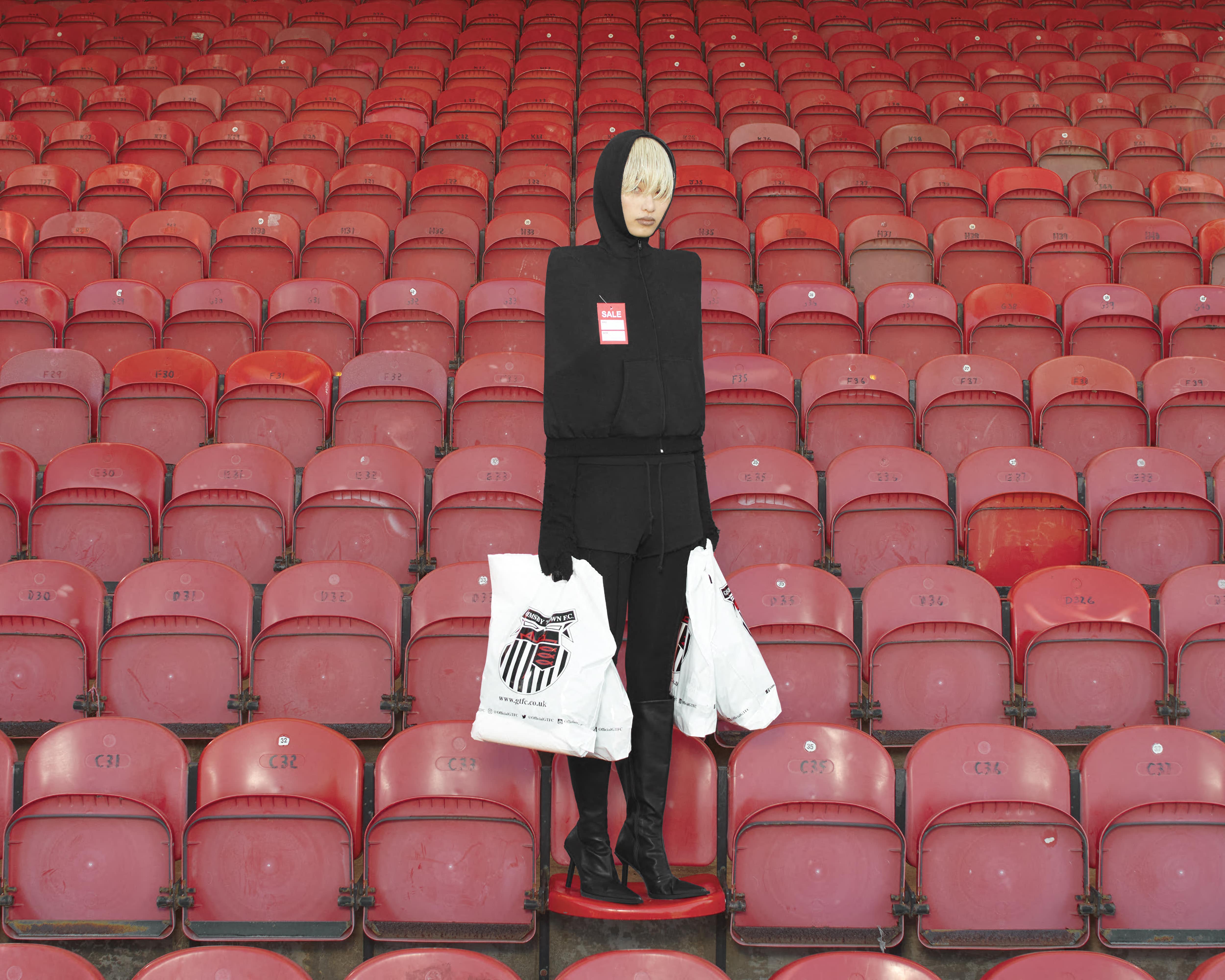
CLAIRE KORON ELAT: The slogan of the first PRODUCTS project is “stay commercial.” Thinking about commercialism more generally, you could argue that there has been a vibe shift in consumer culture. Particularly when you look at the seemingly more material generation Gen Z, who might have a different understanding of what “being commercial” means. Why did you choose this slogan?
BETSY JOHNSON: From my experience and also from watching some of my clients, you can sometimes be head locked by this merchandising conversation. It’s always about what works for the market. Every idea is ushered through a commercial tunnel. It’s sad to see that pressure to commercialize yourself. When you do these “collabs,” people want you to do exactly what you do, but then they also want it to be a completely commercial version of what that is. So I thought, let’s just throw it out there immediately, just say it’s commercial, I’m being commercial, that’s what this is all ultimately about in 2023.
On the other hand, regarding the switch up in identity culture, everyone’s becoming a brand. Everyone’s trying to commercialize themselves. Everyone wants followers. Everyone wants to be a product. No one actually wants to be unique or themselves anymore.
CKE: It’s interesting that you’re saying that everyone is not only becoming a brand but that it’s accelerating to the point where they’re even becoming a product, i.e. objects. This is then a form of objectifying and maybe almost dehumanizing humans. There is a text on Kristina Nagel’s work by Shumon Basar in which he talks about exactly this, that people are becoming more like products rather than being real, and that it’s a form of depersonalization.
BJ: The word dehumanization is really key here. When we make a product out of everyone we digest online and then see in real life in tandem, it allows us to either cancel people or put them on pedestals. It gives the user of the product, which is a person, the agency to navigate the world in whatever way they see fit. We really need to track this on a global scale because it enables everyone to remove themselves from the actions they take.
CKE: Would you say that being commercial is inevitably bad? In the press release you mentioned that the commercial trajectory is rooted in precarity for some people.
BJ: We can’t become a socialist state that’s completely rid of capitalism. So, the only way to really move forward is to engage with capitalism in a way that makes more sense. The best way to combat commercialism is to side with it and figure out a way to be commercial in a way that’s not… I think the word sustainable is a turnoff for people. It’s always some form of greenwashing or gimmicky. It’s about introducing new ways of doing things and making them affordable enough for the mass market to consume in a way without almost noticing. And slowing down the fashion calendar.
You shouldn’t really be consuming at a pace much faster than once per year. The houses and big companies are so hyped up on numbers now, they can’t slow down. I said from the jump that I’m doing only one project per year. So, the plan is to work with different companies. Maybe in ten years I’ll be doing a Tesla recycled car, clothes made from car tires, who knows. But the projects will always have some sort of root in fashion and be communicated through my visual direction or fashion lens.
CKE: Do you think that part of this whole discussion around the velocity of the fashion industry has to do with fashion becoming entertainment and performative? To keep up with this speed, you not only need to produce a lot but you also have to also shock consumers again and again because everyone gets bored so easily.
BJ: The turnover rate of TikTok or Instagram is so fast. Brands forget people who sign up to be a Gucci customer in their 20s often still are in their 50s. People tend to stay loyal to the brands and companies that they frequent. This kind of young marketing logic is too intense. You don’t need to try to do everything to stay relevant. Just deliver something great.
CKE: How do you stay relevant?
BJ: I always think the people who stay quiet are cooking something. That makes them relevant to me.
No one’s going to pull up a Tik Tok from someone’s profile in five years and think, “Ah, I remember that really amazing TikTok.”


CKE: With the idea of people being forced to be commercial because they have to (or want to) make money, your project is also tied to fashion being much related to wealth and the wealth gap. You specifically ask the question, “What if fashion became a place where the rich really looked rich?”
What does this imply for you?
BJ: Where I grew up, you wore a hoodie, you smoked JPS at the corner shop, and drank White Lightning—you know, your trackie was ten quid from Sports Direct. When I started coming into this so-called fashion scene around four years ago, everything sort of switched. We have had this cultural shift to hoodies, oversized clothes, dirty jeans, and trainers being the uniform of wealth. All of a sudden, I saw the clothes I would see growing up and it resonated.
That actually piqued my interest in joining this whole circus. You can be in a room and have no idea who was the guy in the corner shop with a bottle of White Lightning and a cigarette and who was the one growing up in a huge mansion in upstate New York.
When starting the collection, I binge watched Bridgerton and Downton Abbey and looked at all of Diana’s old looks. I was trying to do reverse psychology. Instead of looking at working class cultures for inspiration, I started looking at the total opposite. I looked at what rich people look like, or at least historically looked like. So, most of the patterns, shapes, and silhouettes are built from a skew of Princess Diana’s looks, the cast of Bridgerton’s gowns, the Queen and her skirt suits, and then I reimagined those in more hardcore, “working class” or workwear fabrics—for example, heavy canvas.
CKE: Would you ask people to stop wearing artificially stained, dirty denims?
BJ: It’s more a case of being a bit more aware. It’s about being aware of your power in the world. If you’re wearing a 3,000 dollars track suit and come from money, then make sure you’re putting people on where you can. No one has to be a social justice warrior. I think it’s actually kind of problematic to be one.
It’s interesting that the human species tells itself stories through the images that we put out. And fashion is a massive timestamp for what’s going on in the world around us. So, culturally, it’s an interesting moment to see how class has become so blurred with a wealth gap so big.
Credits
- Text: Claire Koron Elat
- Photography: Raphael Bliss
- Styling: Betsy Johnson
- Styling Assistant: Charles Beugniot
- Retouching: Helen Studios
- Makeup: Melissa Power
- Casting: AAMØ CASTING
- Models: Georgia Palmer, Kiran Kandola, Anna Coleridge, Song Zying, Fern Gray, Kharis Adama, Hugo Fulton
- Production: Ieva Kolupailaite, Brisa Chander, Farago Projects
Related Content
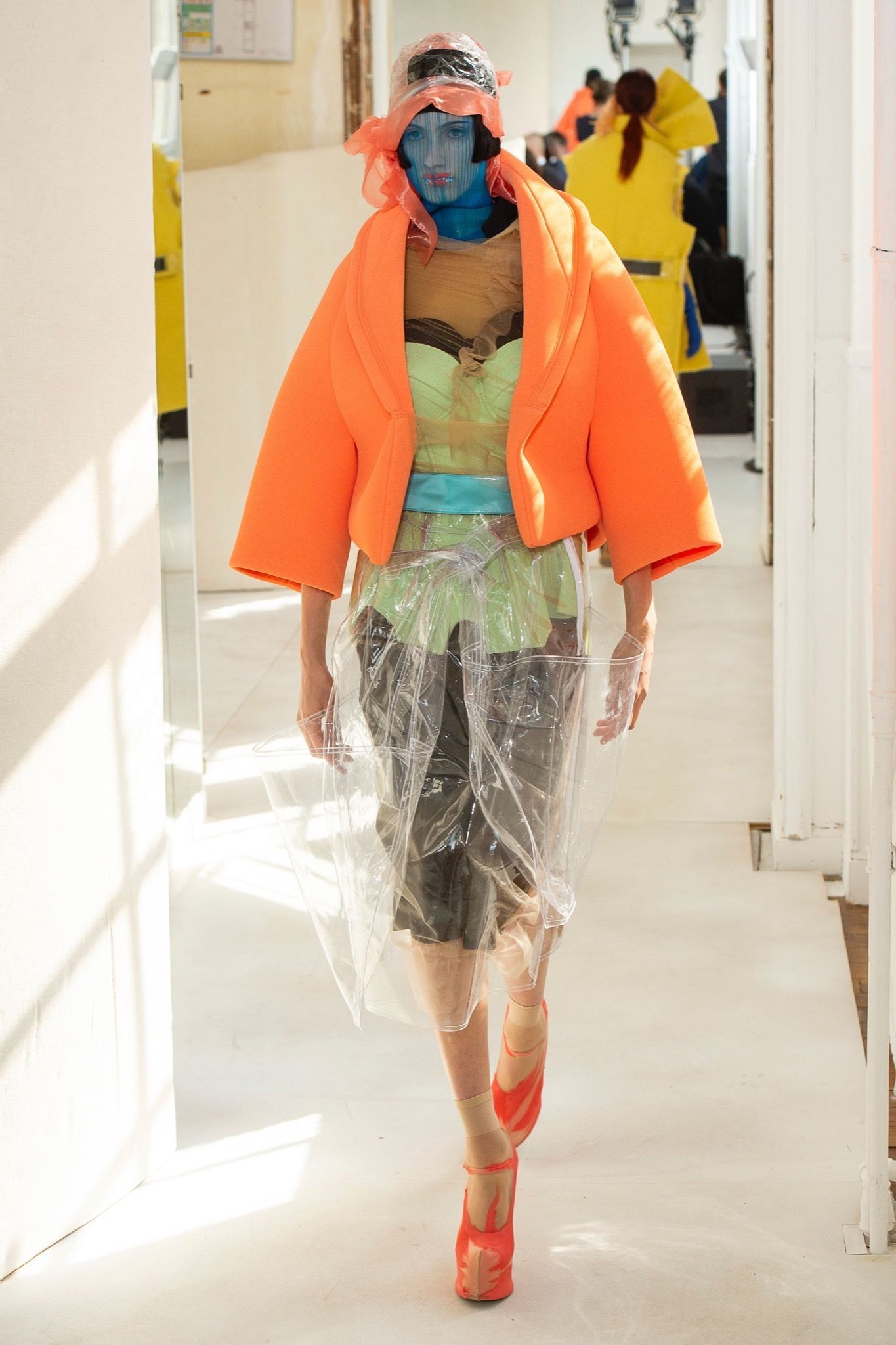
The Future of Couture: Neo-digital natives, blockchain luxury, and algorithmic customization
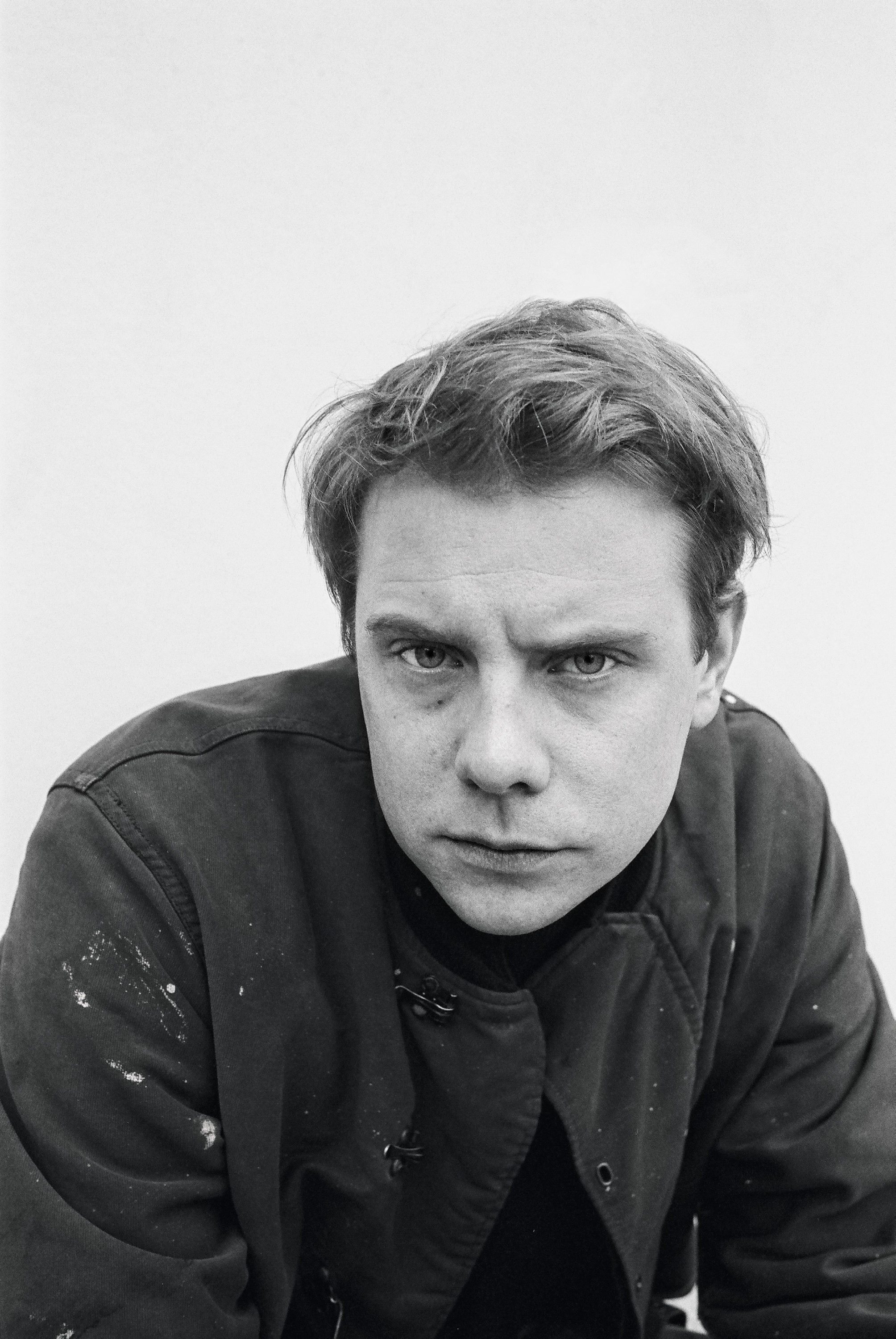
J.W. ANDERSON in HD: A Journey Towards the Essence of Neo-Capitalism
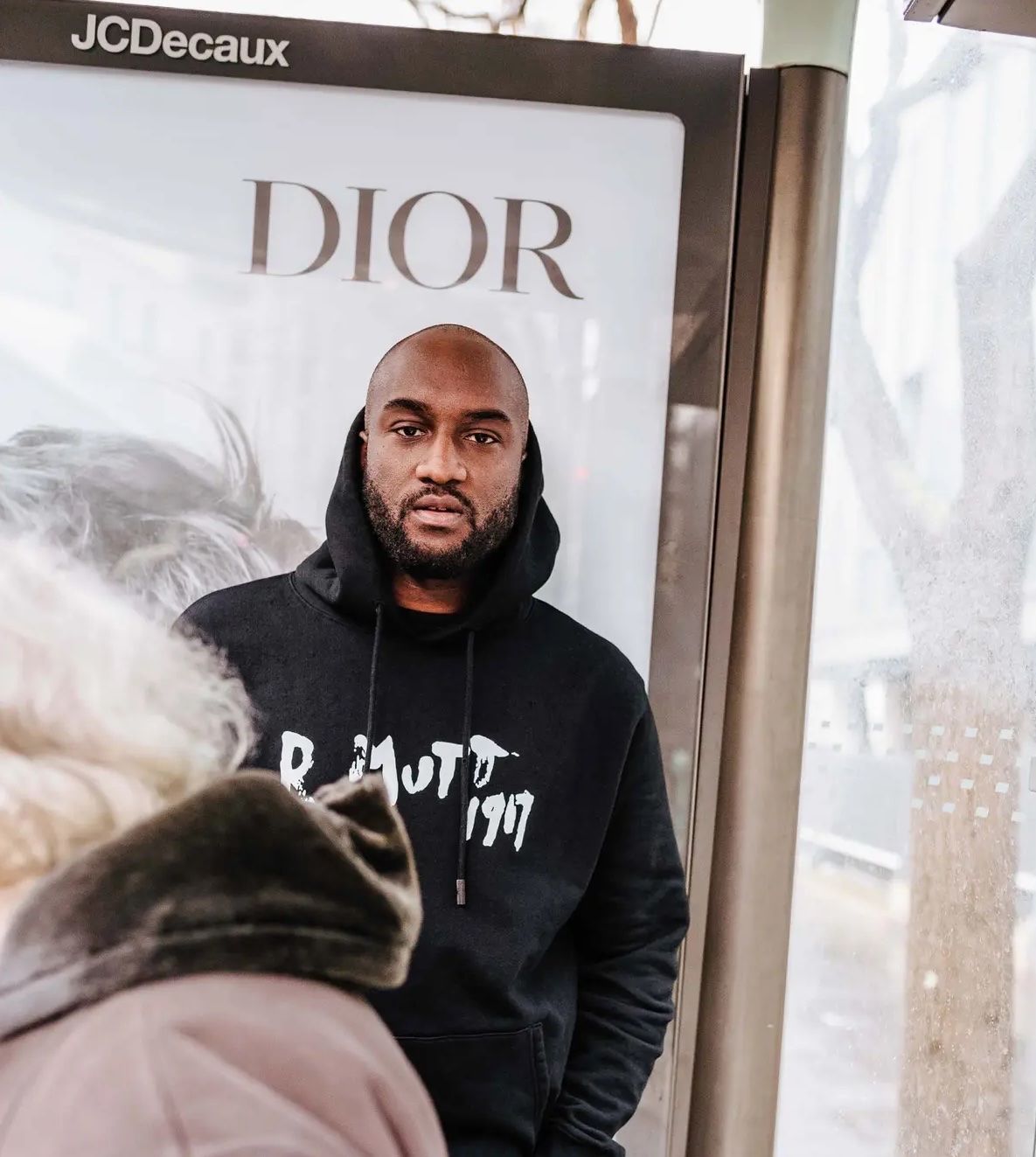
VIRGIL ABLOH: “Duchamp is my Lawyer”
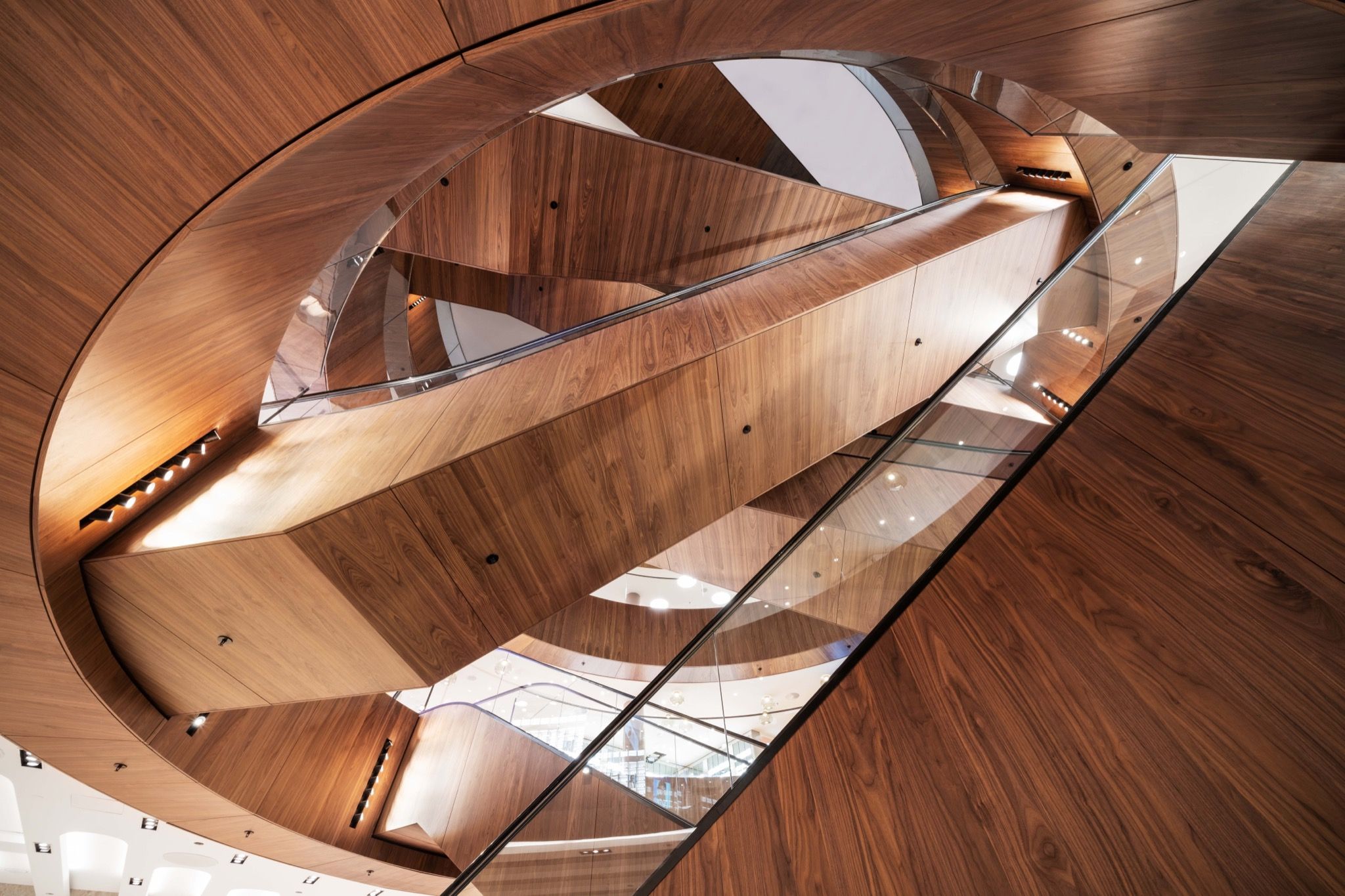
“Retail Has Become a Game of Seduction”: OMA's ELLEN VAN LOON on the new KaDeWe Experience

The First Fashion Blogger and the Dandy Ethic of Capitalism
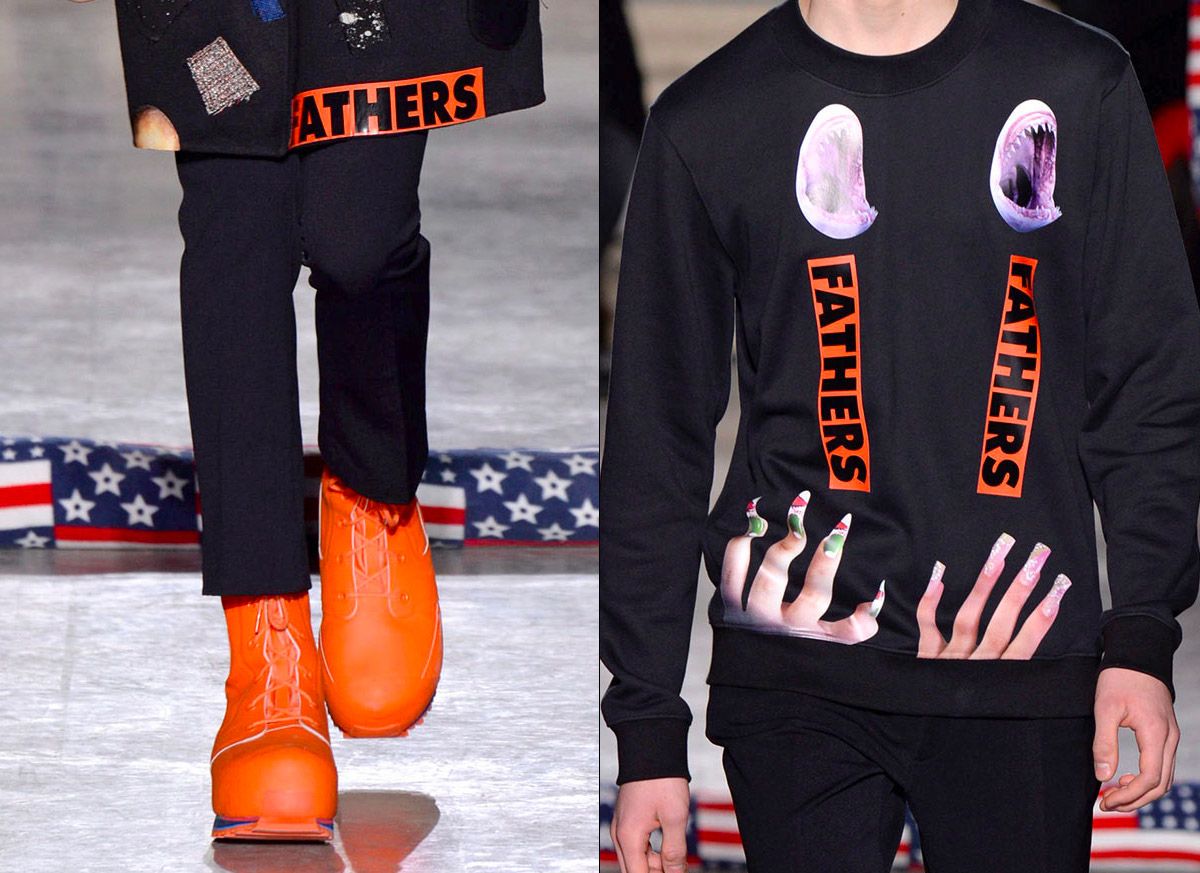
RAF SIMONS and STERLING RUBY Have Perfectly Executed the Designer-Artist Collaboration
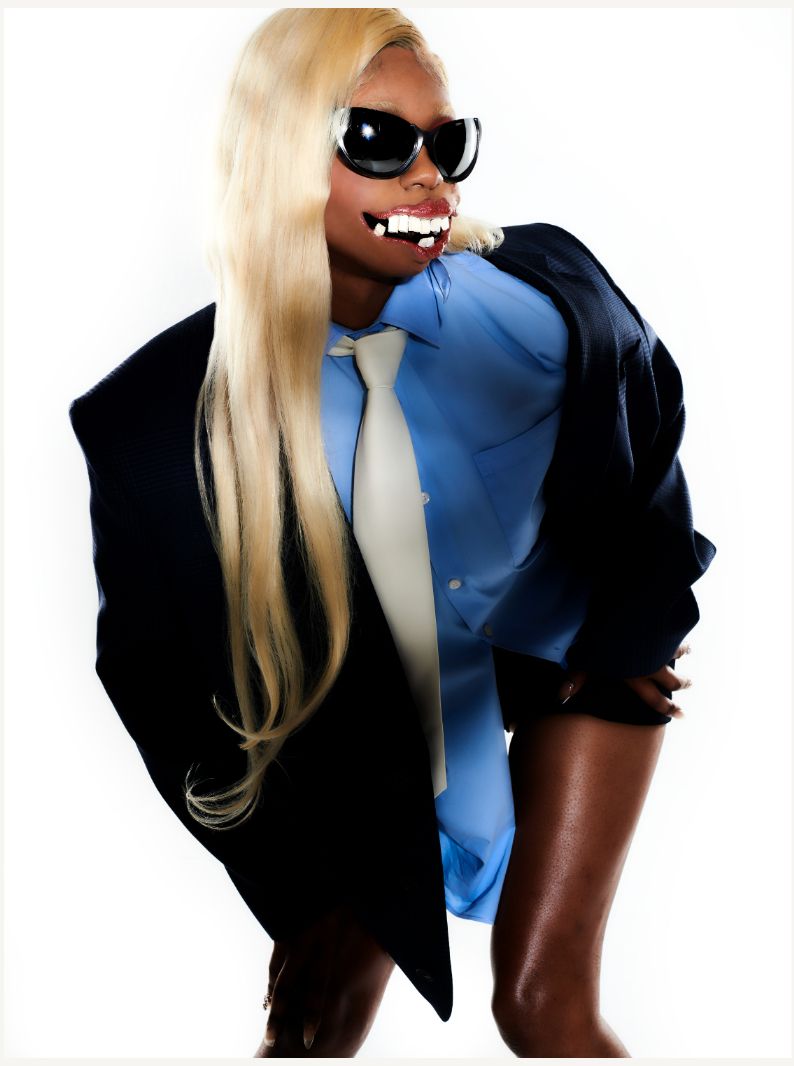
Reality TV as a Sociological Analysis: JAMES BANTONE
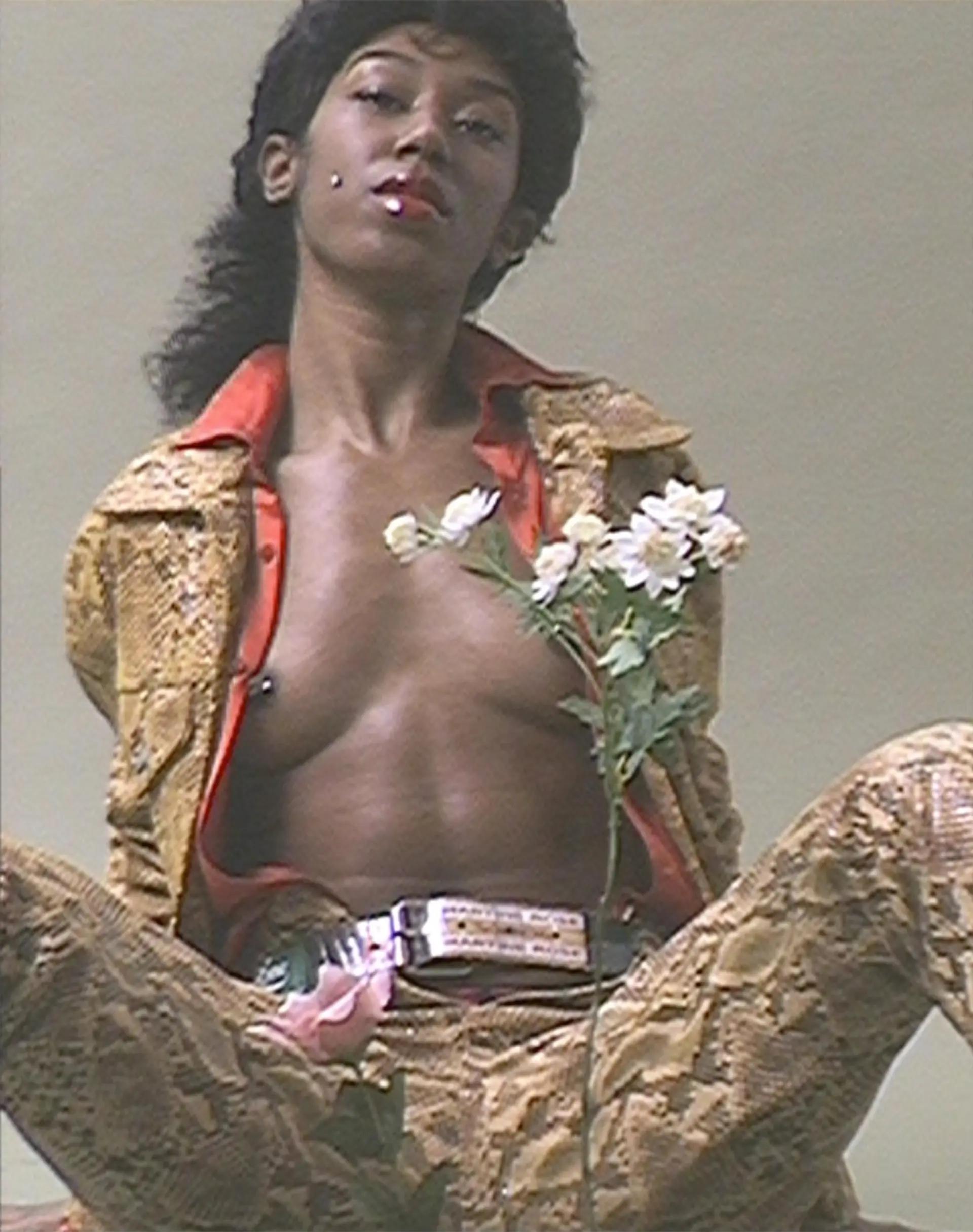
MARTINE ROSE in Three Acts